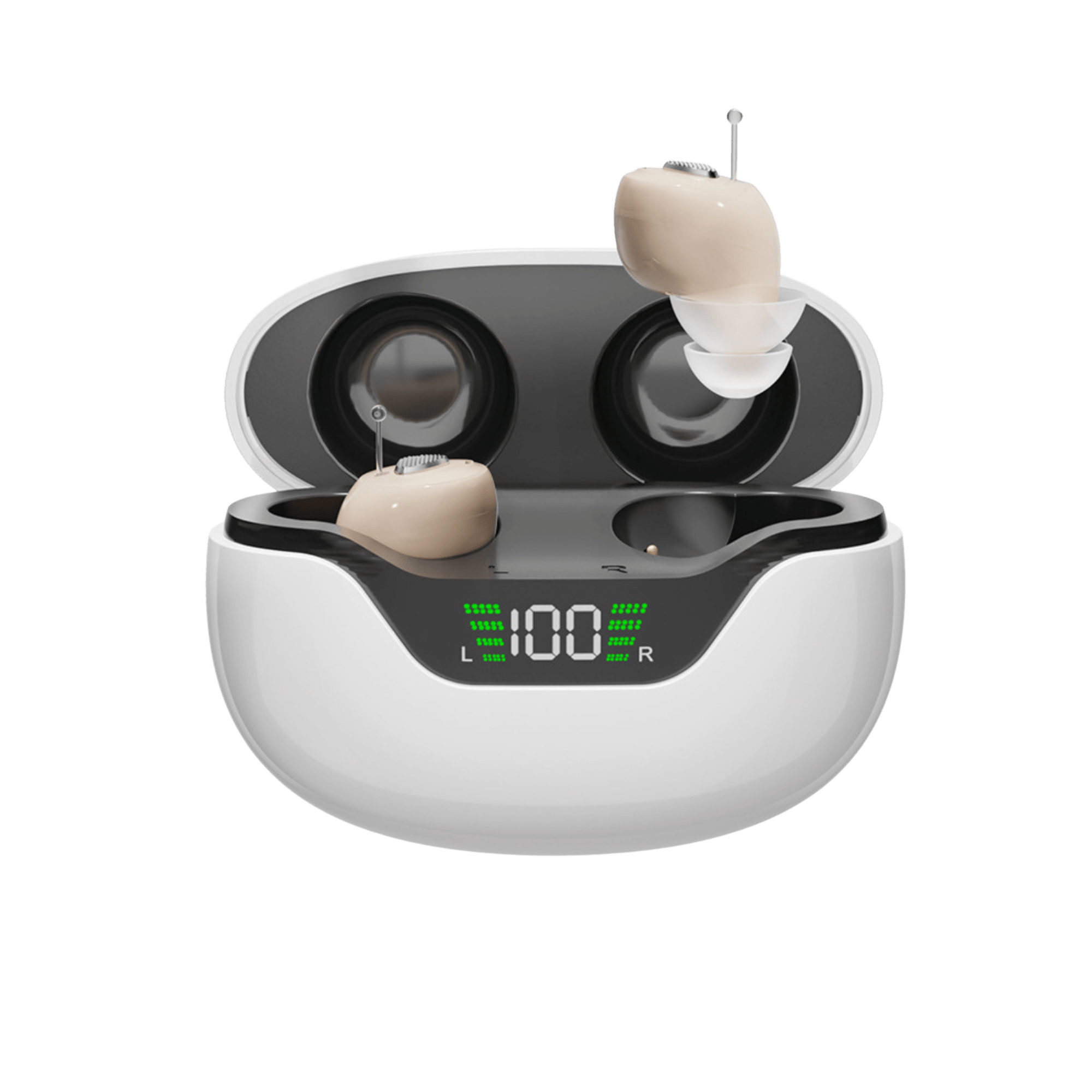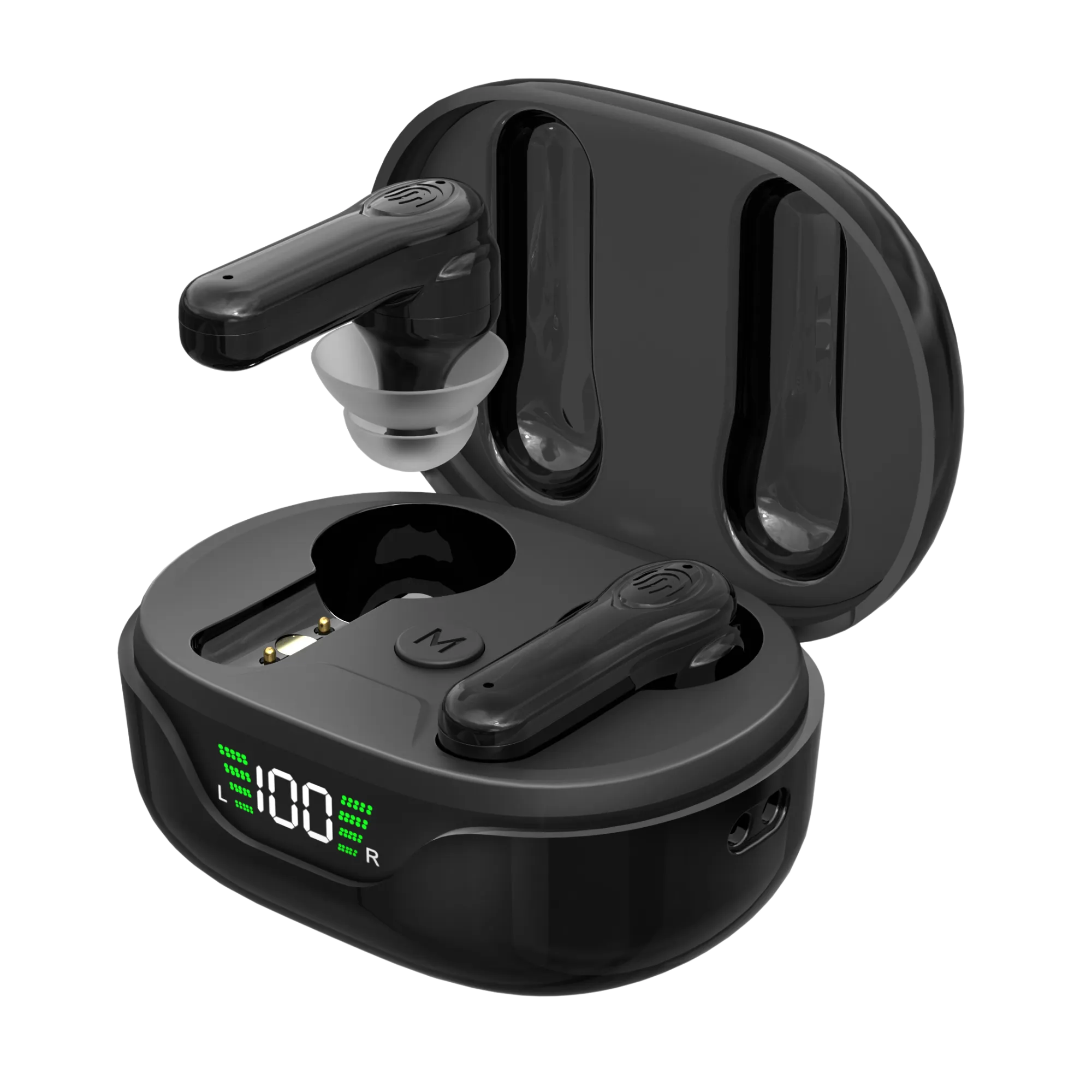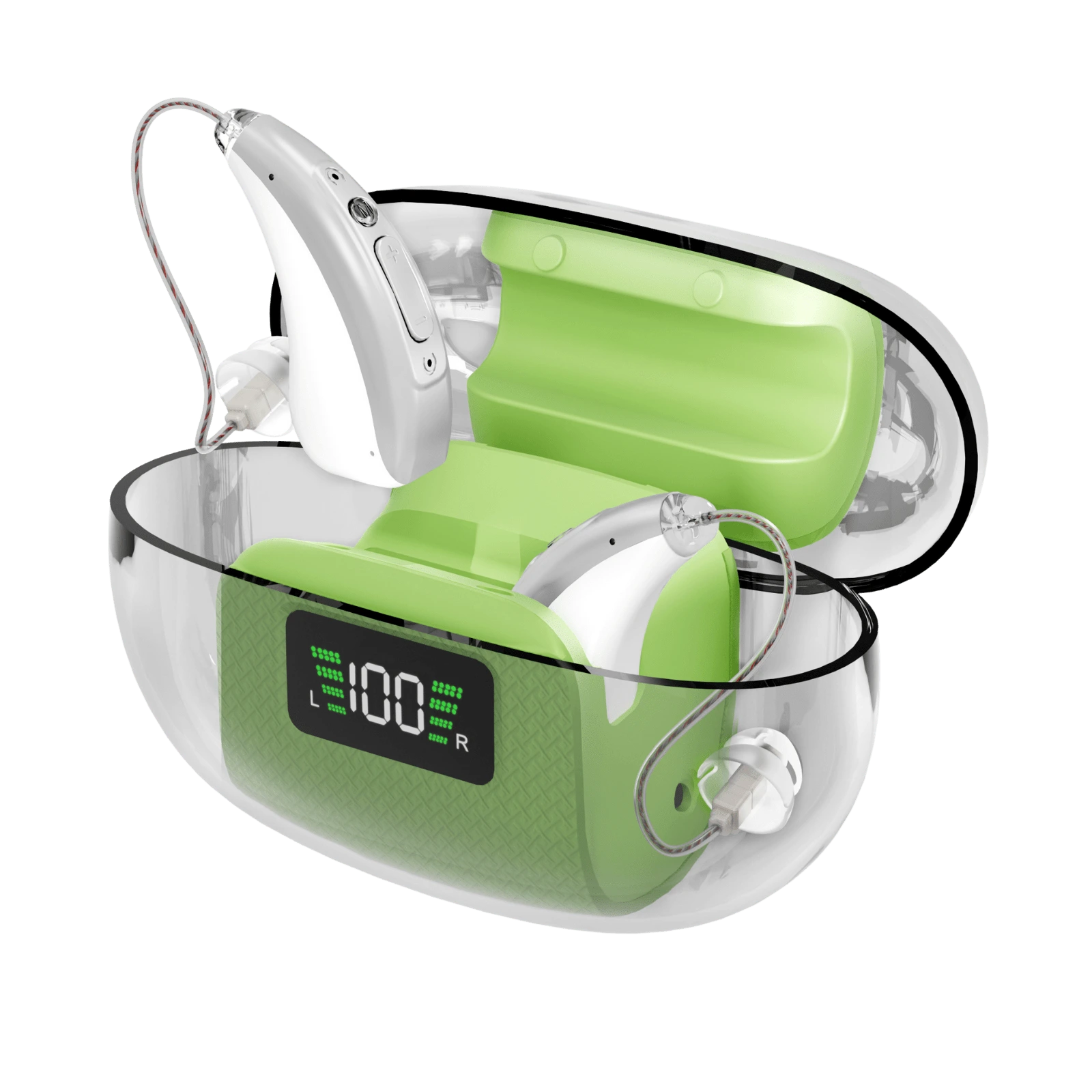Hearing devices have unquestionably made life much easier for those with hearing loss by improving sound clarity and facilitating improved communication. However, just like any other complex equipment, they are capable of producing unexpected behaviors at times. One example of this is the whistling or squealing noise that is generally referred to as feedback. This piece will attempt to analyze why feedback happens in hearing aids, how it affects users, and what efforts may be done to lessen its severity.
The Sound of a Symphony: The Phenomenon of Feedback
The term "feedback" refers to the phenomenon that occurs with hearing aids when amplified sound that was supposed to go into the ear canal instead escapes and is picked up by the microphone on the hearing aid instead. The user of the hearing aid may find that the buzzing, humming, or whistling sound that is produced by this looping sound is annoying or even humiliating.
Causes and conditions on the road to receiving feedback
Hearing aid feedback can be caused by a number of different circumstances, each of which has its own distinct set of causes and consequences.
Improper Fitting
A poorly fitting hearing aid is one of the most prevalent causes of feedback in hearing aids. If the ear mold or hearing aid shell does not fit properly in your ear, it will create holes that will enable amplified sound to escape, loop back, and enter the microphone again. This is what is known as feedback.
Buildup of Cerumen in the Ears
Earwax, also known as cerumen, is a naturally occurring material that works to keep our ears healthy. On the other hand, if material builds up and covers the ear canal, the sound that is amplified by the hearing aid might reflect back into the microphone, resulting in a feedback loop.
Outdated or Broken Electronic Equipment
Hearing aids can experience deterioration in the materials from which they are constructed over time, which can result in the formation of tiny holes through which sound can seep and create feedback. Damages such as fractures or loose wiring can also contribute to feedback in an electronic system.
Obstacles of a Physical Nature
Simple movements such as embracing someone, laying down on a pillow, or wearing a hat or glasses can occasionally press against the hearing aid, causing it to dislodge somewhat and creating an escape route for sound, which in turn leads to feedback. Other times, the hearing aid might be pushed against by clothing or accessories such as a hat or glasses.
Getting to the Bottom of the Feedback Loop and Addressing the Problem
Although feedback is not uncommon, it should not be an ongoing issue for those who wear hearing aids. If you notice that your hearing aids are giving you feedback on a regular basis, it's possible that they need to be adjusted or repaired. The following is a list of actions that you may take to address the issue:
Regular Maintenance
Cleaning your hearing aids on a regular basis might help reduce the amount of feedback you experience. Sometimes the hearing aid's speaker might become blocked by wax or dirt, which can result in feedback. You can reduce the likelihood of experiencing feedback if you regularly clean and maintain your hearing aids and get your earwax professionally managed.
Fitting and adjusting to specifications
It is in your best interest to get a fit evaluation from a hearing care specialist if you notice that your hearing aids are producing excessive amounts of feedback. To guarantee that the ear molds properly seal your ears, the fit can be altered, and in certain cases the molds themselves may be reshaped.
Utilizing Different Types of Feedback Suppression Features
The majority of today's hearing aids are outfitted with some sort of feedback suppression or cancellation technology. These digital algorithms are able to identify the beginning of feedback and eliminate it as rapidly as possible, all before it can be heard. However, it is extremely important to keep in mind that despite the fact that these features might regulate feedback, they are not a cure for improper fit or other underlying problems.
Think About Getting an Update for Your Hearing Aids.
If you have hearing aids that are getting on in years and you have trouble with feedback on a regular basis, it might be time to consider upgrading. Hearing aids of today come equipped with cutting-edge technology to control feedback and offer sound that is both clearer and more authentic.
To summarize, feedback is not an unavoidable occurrence.
Users of hearing aids are often subjected to an irritating phenomenon known as feedback, but it is imperative that they be aware that this is not an unavoidable aspect of using hearing aids. To effectively address this problem, the first step is to gain an understanding of the underlying problems and then search for appropriate solutions. You may reduce the amount of feedback you experience and improve the effectiveness of your hearing aid by working with a trained specialist in the field of hearing care and doing routine maintenance on your device.
At the end of the day, the objective is quite clear: to provide you the absolute greatest hearing experience that is humanly feasible. Feedback should not prevent you from moving forward. Instead, see this as a warning that you need to get your hearing aids adjusted, get professional assistance, and make sure that they are helping you as efficiently as they should be.
The Sound of a Symphony: The Phenomenon of Feedback
The term "feedback" refers to the phenomenon that occurs with hearing aids when amplified sound that was supposed to go into the ear canal instead escapes and is picked up by the microphone on the hearing aid instead. The user of the hearing aid may find that the buzzing, humming, or whistling sound that is produced by this looping sound is annoying or even humiliating.
Causes and conditions on the road to receiving feedback
Hearing aid feedback can be caused by a number of different circumstances, each of which has its own distinct set of causes and consequences.
Improper Fitting
A poorly fitting hearing aid is one of the most prevalent causes of feedback in hearing aids. If the ear mold or hearing aid shell does not fit properly in your ear, it will create holes that will enable amplified sound to escape, loop back, and enter the microphone again. This is what is known as feedback.
Buildup of Cerumen in the Ears
Earwax, also known as cerumen, is a naturally occurring material that works to keep our ears healthy. On the other hand, if material builds up and covers the ear canal, the sound that is amplified by the hearing aid might reflect back into the microphone, resulting in a feedback loop.
Outdated or Broken Electronic Equipment
Hearing aids can experience deterioration in the materials from which they are constructed over time, which can result in the formation of tiny holes through which sound can seep and create feedback. Damages such as fractures or loose wiring can also contribute to feedback in an electronic system.
Obstacles of a Physical Nature
Simple movements such as embracing someone, laying down on a pillow, or wearing a hat or glasses can occasionally press against the hearing aid, causing it to dislodge somewhat and creating an escape route for sound, which in turn leads to feedback. Other times, the hearing aid might be pushed against by clothing or accessories such as a hat or glasses.
Getting to the Bottom of the Feedback Loop and Addressing the Problem
Although feedback is not uncommon, it should not be an ongoing issue for those who wear hearing aids. If you notice that your hearing aids are giving you feedback on a regular basis, it's possible that they need to be adjusted or repaired. The following is a list of actions that you may take to address the issue:
Regular Maintenance
Cleaning your hearing aids on a regular basis might help reduce the amount of feedback you experience. Sometimes the hearing aid's speaker might become blocked by wax or dirt, which can result in feedback. You can reduce the likelihood of experiencing feedback if you regularly clean and maintain your hearing aids and get your earwax professionally managed.
Fitting and adjusting to specifications
It is in your best interest to get a fit evaluation from a hearing care specialist if you notice that your hearing aids are producing excessive amounts of feedback. To guarantee that the ear molds properly seal your ears, the fit can be altered, and in certain cases the molds themselves may be reshaped.
Utilizing Different Types of Feedback Suppression Features
The majority of today's hearing aids are outfitted with some sort of feedback suppression or cancellation technology. These digital algorithms are able to identify the beginning of feedback and eliminate it as rapidly as possible, all before it can be heard. However, it is extremely important to keep in mind that despite the fact that these features might regulate feedback, they are not a cure for improper fit or other underlying problems.
Think About Getting an Update for Your Hearing Aids.
If you have hearing aids that are getting on in years and you have trouble with feedback on a regular basis, it might be time to consider upgrading. Hearing aids of today come equipped with cutting-edge technology to control feedback and offer sound that is both clearer and more authentic.
To summarize, feedback is not an unavoidable occurrence.
Users of hearing aids are often subjected to an irritating phenomenon known as feedback, but it is imperative that they be aware that this is not an unavoidable aspect of using hearing aids. To effectively address this problem, the first step is to gain an understanding of the underlying problems and then search for appropriate solutions. You may reduce the amount of feedback you experience and improve the effectiveness of your hearing aid by working with a trained specialist in the field of hearing care and doing routine maintenance on your device.
At the end of the day, the objective is quite clear: to provide you the absolute greatest hearing experience that is humanly feasible. Feedback should not prevent you from moving forward. Instead, see this as a warning that you need to get your hearing aids adjusted, get professional assistance, and make sure that they are helping you as efficiently as they should be.





